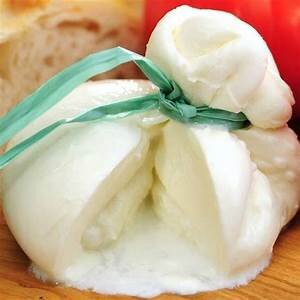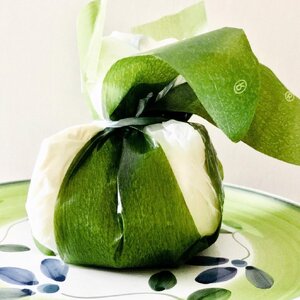Polenta Taragna - the Buckwheat Polenta
The tradition of eating polenta in Italy is older than the introduction of sweetcorn in the 16th century. However, in Lombardy region, precisely in its Alpine region Valtellina and in the surroundings of Bergamo and Brescia, besides the classic polenta made with corn flour, you can also find a coarse, darker polenta due to the use of buckwheat flour -
Grano Saraceno in Italian : it's the Polenta Taragna, suitable for the winter season.
Polenta Taragna is a variant of the classic polenta, and in addition to corn flour it also contains buckwheat flour, which gives it its characteristic dark colour, while butter and Casera cheese, typical products of the high mountains that give it the right elasticity, are added once it is cooked.
What does 'Taragna' mean? Polenta taragna owes its name to the "Tarai", the big wooden stick used to "tar" the polenta (in Valtellina dialect tarare means to stir).
The cultivation of buckwheat began in the area of Verona (Veneto) at the beginning of the 16th century, and in the second half of the same century also in Valtellina. The farmers who lived on the borders of Italy with Germany used buckwheat flour to make polenta.
Little by little, buckwheat became one of the fundamental foods in the diet of the farmers of Valtellina and the Lombard Alps, as first consumed in the form of soups.
Pairings: Polenta Taragna is ideal with porcini or champignon mushrooms or braised game or beef or pork sausages.
------------------------------------------------------------------------------------
Serves 4 , Cooking time 45 mins to 2 hrs
- 300 gr. buckwheat flour
- 200 gr. of corn flour
- 250 gr. of traditional Casera or Bitto cheese, alternatives Fontina or Taleggio cheese
- 150 g unsalted butter
- a handful of coarse salt
- 2 litres of water
Method
Boil 2 litres of water in a crockpot. When the water is about to reach boiling temperature (bubbles start to form on the bottom of the pot), add salt and pour in the flour, previously mixed, stirring with a wooden spoon or a whisk, to ensure that no lumps form and that the mixture is well blended.
When it begins to thicken, add the butter.
The cooking time, unless you are using pre-cooked flour, varies - depending on the recipe - from 45 minutes to 2 hours; in order for the polenta to reach the right consistency, it is better to check the cooking to find the desired density.
In addition, since the cooking time is long, it is better to keep stirring the mixture so that it does not stick to the bottom of the pot, which must be closed with a lid anyway, so as not to disperse heat.
At the end of cooking, add slices or cubes of cheese, stirring to melt it. Remove from the heat and serve.
Do not miss a glass of good red wine!
Personally I prefer Polenta Taragna paired with Brasato, i.e. Beef meat cooked with red wine.







 , particularly bad...
, particularly bad...